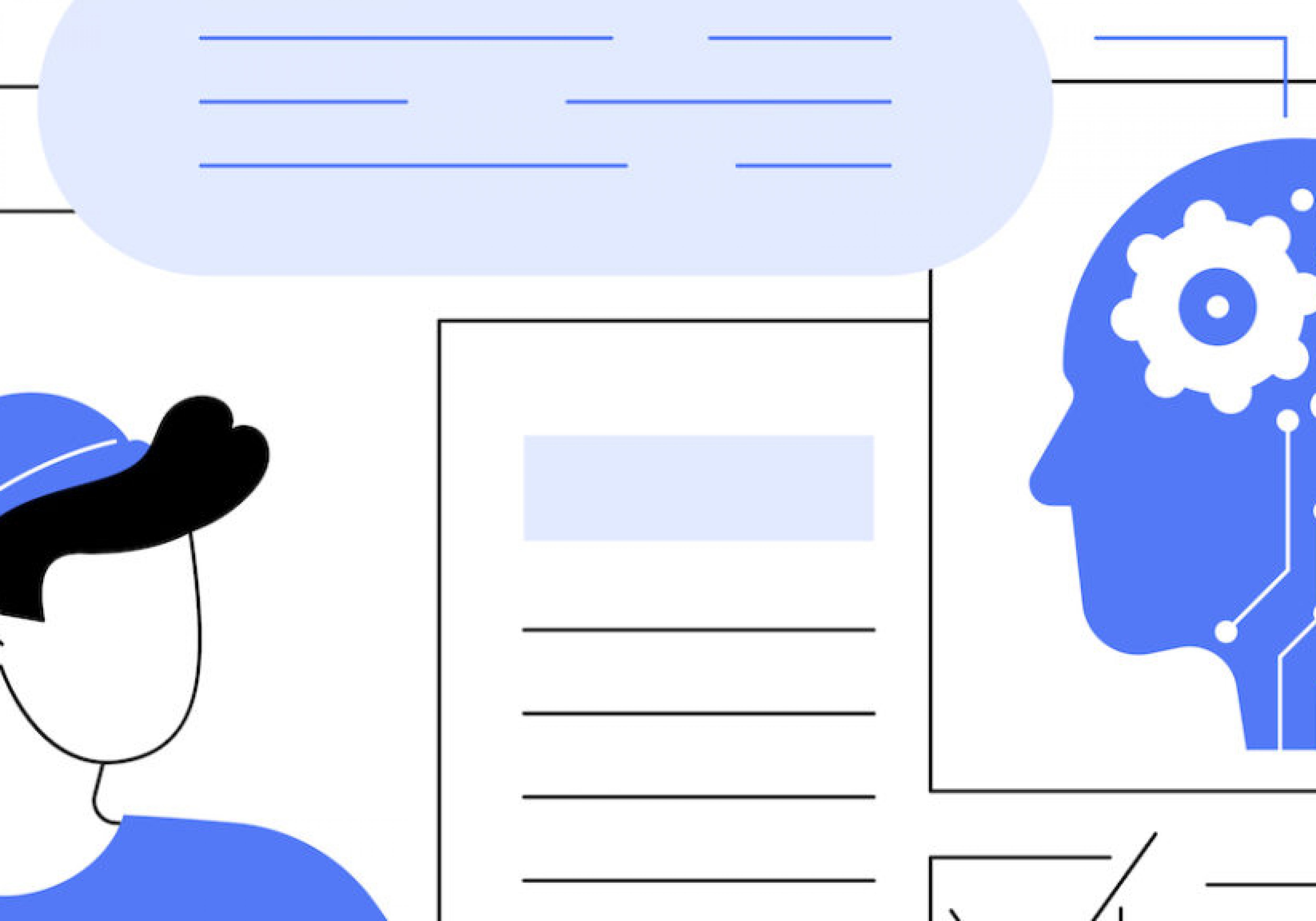Going all-in with AI to enable impact


It has never been easier for businesses to leverage generative artificial intelligence (AI) to accelerate go-to-market programmes, create stickier engagements with prospects and optimise operational efficiencies.
By making full use of generative AI innovations, businesses can increase content production significantly, double their inbound SEO traffic, focus sales development representatives on more valuable prospect-facing activities (as opposed to their spending hours in sales-enablement training) and lay the groundwork to shrink the time to localise a website into multiple languages.
Despite the hype surrounding the technology since OpenAI’s much-heralded release of ChatGPT, a recent study by Gartner revealed that fewer than half of business executives are currently investing in generative AI and, of those, only 30 per cent have moved beyond the initial, exploratory phase. This needs to change. Here are some of many ways in which businesses can use generative AI to realise impactful results almost immediately:
- Product marketing: Using ChatGPT4, a marketing team can increase its rate of content creation – from ideation to delivery – by several hundred per cent. Assets can be leveraged directly by prospects and customers via your website, as well as by your sales teams when they engage with prospects and customers.
- Sales enablement: A ChatGPT4 chatbot can be trained on existing content to enable sales development representatives (SDRs) to personalise conversations with prospects and customers and generate real-time answers to questions regarding your company’s capabilities from prospects and customers. Using the chatbot, SDRs can save countless hours of time in sales-enablement training.
- Ask-me-anything chatbots: You can also use ChatGPT4-enabled chatbots trained on your existing content to engage with prospects for real-time, personalised conversations. You can even split the bot you use into different personas. For example, our company has Stu the Security Squirrel to engage with prospects on security-focused conversations and questions, while Calvin the Compliance Cow engages with prospects on compliance-focused conversations and questions.
- Organic intent-based search: Businesses can use data-driven and AI-enabled SEO platforms, such as Quattr, to develop intent-based content that can significantly increase inbound organic search traffic by turbocharging content generation. Such tools can be used to produce high-quality, authoritative content that are published as ‘blog’ and ‘glossary’ resource articles relevant to your prospects.
- Streamlined web content localisation: Traditional approaches to localising website content can be tedious, time-consuming and expensive. Yet, building a translation application programming interface (API) powered by ChatGPT4 can allow a marketing team to translate and publish individual webpages quickly and easily into multiple languages.
- Multimedia to social media: Businesses can dramatically shrink the amount of time and cost it takes to create videos based on new blog posts, solution briefs and other content assets by ingesting them into an AI-enabled tool that automatically creates videos used for social media posts and captions for podcast episodes.
Driving brand awareness and engagement in today’s business landscape requires significant marketing resources just to break through the noise. Using generative AI, businesses can achieve astonishing increases in marketing outputs and exponential efficiency gains. Make sure that generative AI is a non-negotiable part of your business strategy now.

Diana Eisenberg is director of EMEA marketing at data privacy and compliance company Kiteworks
Read more Business Impact articles related to technology:

Using data to succeed: tools for machine learning
Insights into key terms and processes involved when working with data science teams are revealed using an accessible narrative in this excerpt from Winning with Data Science

Learning beyond the books: the impact of AR and VR on business education
How can VR and AR transform business education? Woxsen University’s Hemachandran K and Raul Villamarin Rodriguez outline five benefits and detail challenges that must be overcome to realise the technologies’ potential

New Tech EMBA the product of partnership network in Italy
Cuoa Business School programme is the product of an alliance initiative launched in 2019 that currently fosters collaboration between Cuoa and 17 different institutions across Italy. Ellen Buchan reports
Want your business school to feature in
Business Impact?
For questions about editorial opportunities, please contact:
Tim Banerjee Dhoul
Content Editor
Business Impact


























































